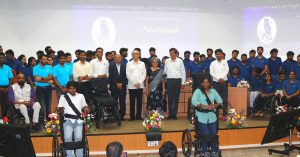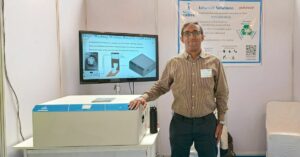3 Really Cool Innovations For Rural And Urban India Created By MIT-Supported ‘Fab’ Lab
A team of enthusiasts from MIT in Massachusetts, USA and Vigyan Ashram in Pabal, an Indian village came together and built a fabulous innovation lab that is providing solutions to some of the most prevalent issues of both rural and urban India. Here are three of their amazing ideas and how they work.
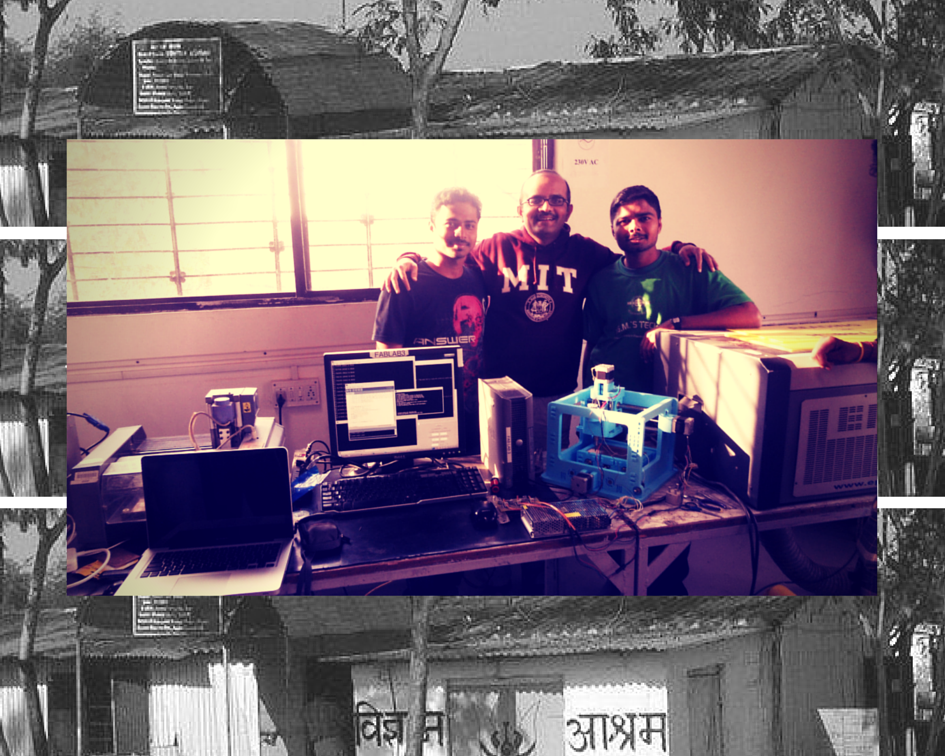
A team of enthusiasts from MIT in Massachusetts, USA and Vigyan Ashram in Pabal, an Indian village came together and built a fabulous innovation lab that is providing solutions to some of the most prevalent issues of both rural and urban India. Here are three of their amazing ideas and how they work.
One of the biggest advantages that India has right now is our young population. This demographic dividend can reap us enormous profits provided youngsters get adequate training, skills and support for job creation and vocational opportunities. However, the report by Ministry of Labour and employment paints a very gloomy picture.
The reports clearly states, “Every 1 out of 3 persons who is holding a degree in graduation and above is found to be unemployed.”¹ And the unemployment rate in rural areas is 36.6% vis-à-vis 26.5 percent in urban parts of the country.
There is a dearth of opportunities for students in the non-urban parts of the country to really learn life skills, get technical and vocational know-how that can get them a job, or better still, make them job creators. Fab Lab is doing exactly that and more.
Fab Lab is a brain child of Dr. Neil Greshenfield, director of Center of Bits and Atoms at MIT which by his definition is “a group of people who never understood the boundary between physical science and computer science.”

Fab Lab is promoting entrepreneurship, innovation and vocational training thereby helping students in rural parts of India to become self-reliant.
When Greshenfield started teaching a course modestly called “How to make almost anything”, he found out much to his surprise that hundreds of students wanted to join and learn to make things they always wanted to create but could never do.² Fab Lab, as described by Greshenfield, is for an era which comes after digital revolution. The primary aim of the lab is to equip people with the right tools so that they can modify technology to develop local solutions to local problems.
The first Fab Lab in India, and in fact the first Fab Lab outside MIT, was Fab Lab Pabal in Vigyan Ashram. Located about 70 kms from Pune, Pabal is a drought-prone village that is home to Vigyan Ashram.
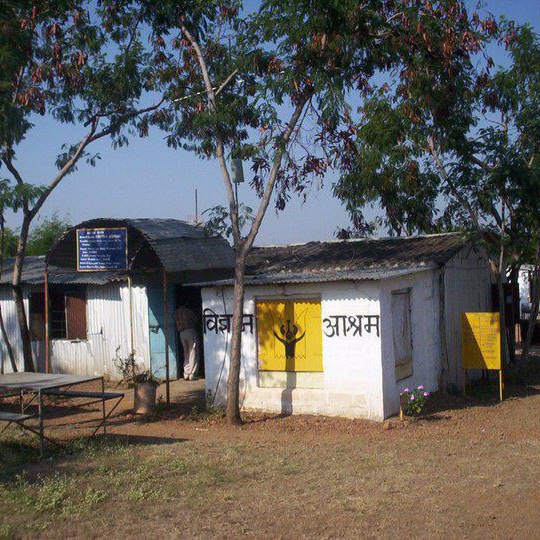
The Better India got in touch with Yogesh Kulkarni at Fab Lab, Pabal, to know more about the lab and how it all began.
Kulkarni told us that Greshenfield visited Delhi in 2002 for an “IT for Masses” conference. Around the same time he was teaching his “how to make almost anything” class, and wanted to know if somebody is working on a similar philosophy in India. He came to know that Vigyan Ashram does some work along similar lines for rural areas. Greshenfield came to Pabal and that is how Fab Lab Pabal came into being.
“Dr. Neil asked asked us what kind of problems we had. So, Vigyan Ashram gave him a list of problems. However, the students at MIT were not able to understand the local context and hence were not very successful at tackling those issues all by themselves,” Kulkarni told TBI.
Instead, Kulkarni and the team asked them if MIT could provide them machines to do particular things or certain functions that could be performed mechanically or electrically. MIT then equipped Fab Lab, Pabal with the latest, quite literally ‘cutting edge’ state-of-the-art, tools as well as instructions on how to use them.
“MIT invested around $40,000. MIT students also came and stayed at Pabal. They still continue to support us for Fab Academy lectures,” says Kulkarni.
Fab Lab, Pabal has come a long way since its inception. Collaborating with MIT-CBA, IIT-Kanpur and NSIT (Netaji Subhas Institute of Technology), Fab Lab Pabal has come up with a number of innovative solutions to local problems.
1. Sanitary Pad Disposal Unit
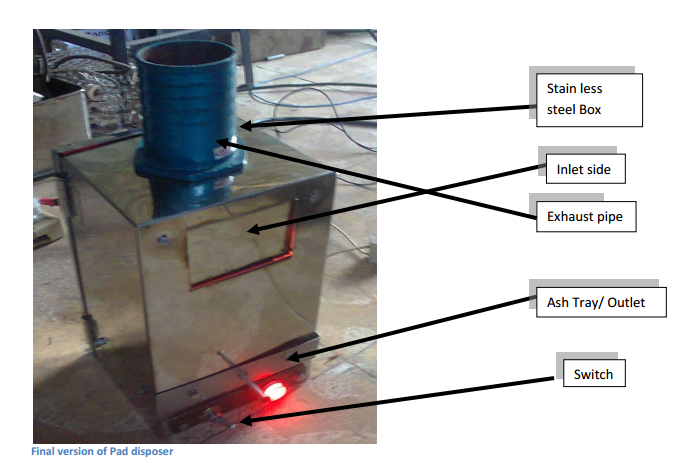
Problem : Improper disposal of sanitary napkins leads to anunhygienic environment which can be a breeding ground for several diseases. Also, it leads to environmental pollution.
Solution : Fab Lab, Pabal has successfully fabricated and lab-tested sanitary pads disposal/incinerator unit called WOMA-VIVUS-FAB incinerator. Lab trials show that this machine can convert used napkins into ash within six to eight minutes.
Status : The machine will be ready for further dissemination after field trials.
2. Weather Data Logger

Problem : To record weather data points such as temperature, humidity for pest control and to advice farmers regarding crop selection. The automatic weather data recorders available in the market cost around $4000.
Goal : To make one that costs within Rs. 4,000.
Status : Team Fab Lab along with two volunteers Michele Thong and Scotty, has built a protoype and are now further refining the design. They aim to make a DIY kit for weather data logging which students can learn to build.
3. Low Cost Qualitative Hearing Aid
Problem : Listening to music, voice and laughter is a special gift. Sadly, a lot of us are deprived of this present. The listening capacity of a student plays a crucial role in his/her education. Also, senior citizens slowly start losing their hearing capacity and for people in rural areas, hearing aids are a luxury.
Goal : Low-cost, qualitative hearing aid
Status : Fab Lab Pabal has developed a low-cost qualitative hearing aid and the team also encourages readers and students to build the device and send them their suggestions and observations. The hearing aid’s DIY instructions are in English and Hindi. The tentative cost of the raw material is just Rs. 110 (as per the instructions manual).
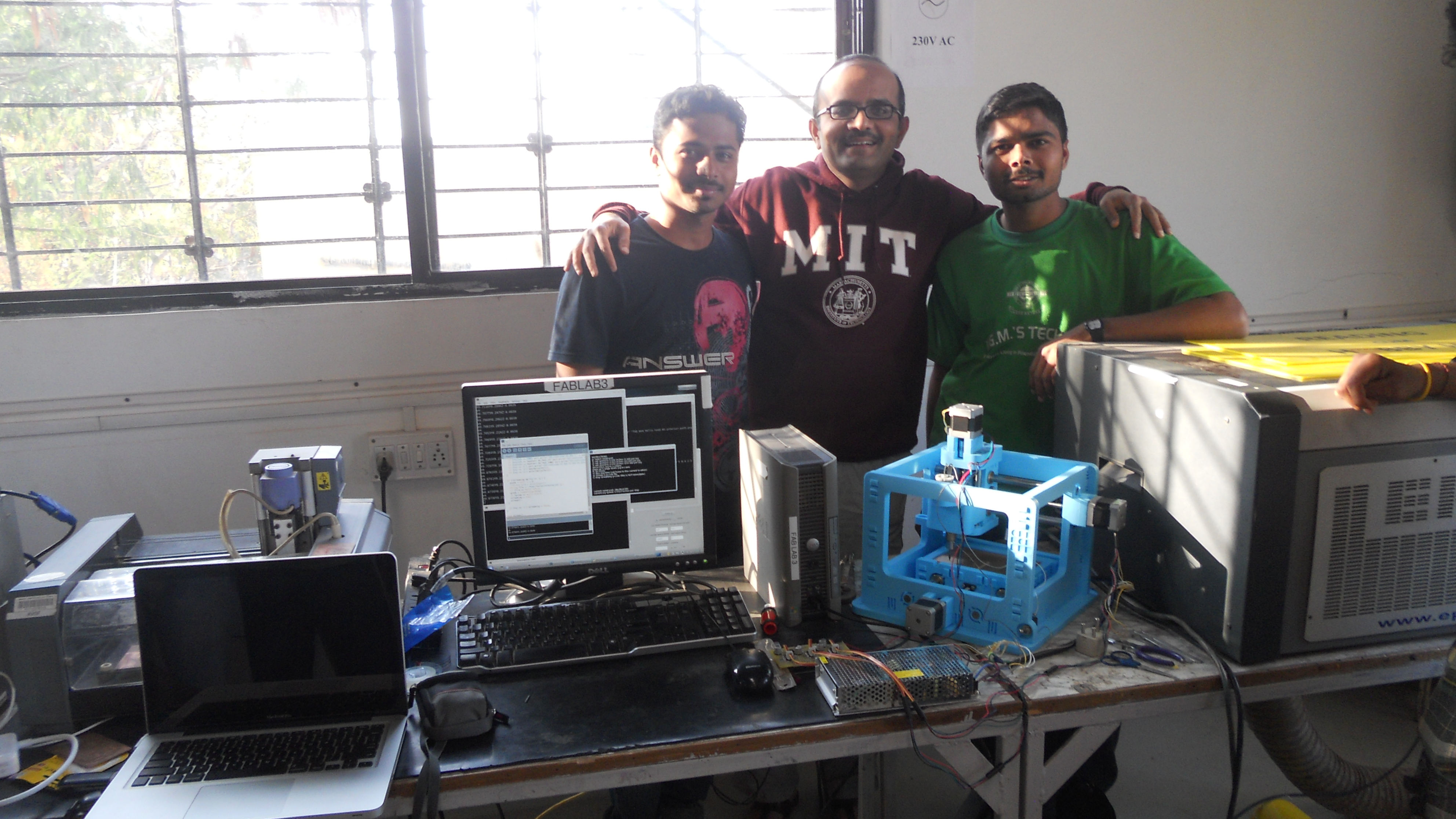
As Mr. Kulkarni aptly pointed out: “Fab Lab is not about tools, it is about attitude. It is a community of doers, people who want to provide innovative solutions to problems of this new generation.”
The message Fab Lab conveys is that people living in rural or urban areas, educated or uneducated, are not just consumers of innovation, they are also the source. And we need real opportunities to harvest their inventive power to locally design and solve problems embedded in the vernacular socio-cultural context.
Check out the latest innovations on the Vigyan Ashram Blog
¹ Report on Youth Employment – Unemployment Scenario (2012-13) Volume –III : Ministry of Labour & Employment
² TED 2006 – Neil Gershenfeld – Unleash your creativity in a Fab Lab
Like this story? Or have something to share? Write to us: [email protected], or connect with us on Facebook and Twitter (@thebetterindia).
This story made me
-
97
-
121
-
89
-
167
Tell Us More
If you found our story insightful, informative, or even just enjoyable, we invite you to consider making a voluntary payment to support the work we do at The Better India. Your contribution helps us continue producing quality content that educates, inspires, and drives positive change.
Choose one of the payment options below for your contribution-
By paying for the stories you value, you directly contribute to sustaining our efforts focused on making a difference in the world. Together, let's ensure that impactful stories continue to be told and shared, enriching lives and communities alike.
Thank you for your support. Here are some frequently asked questions you might find helpful to know why you are contributing?







